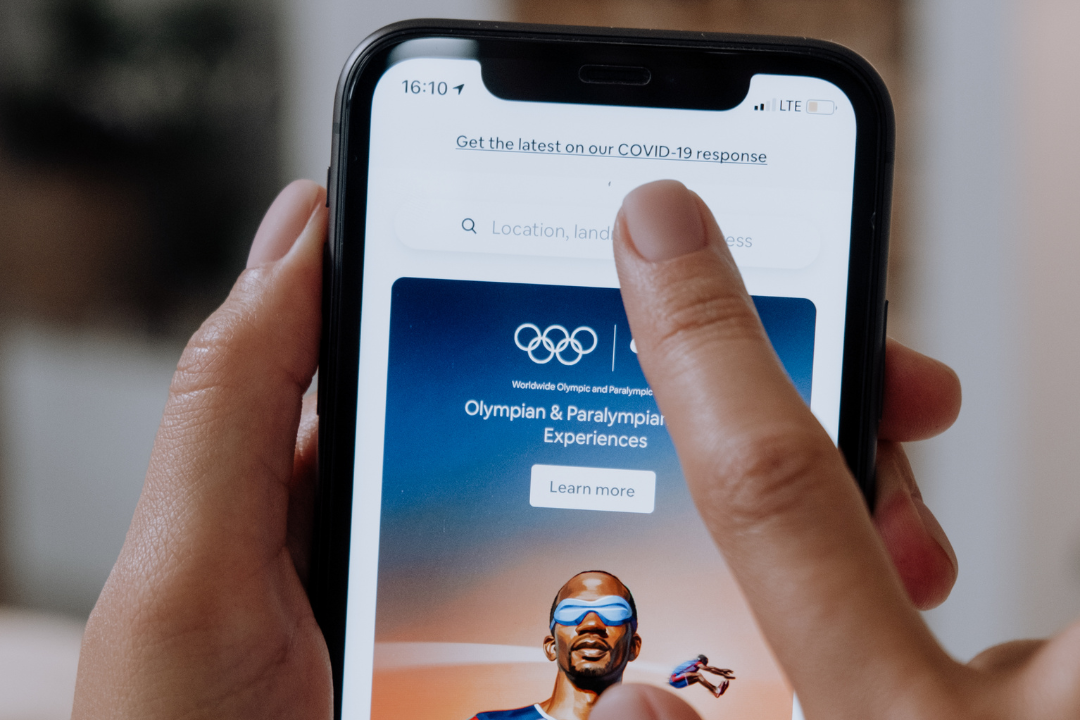A Beginner’s Guide to Mobile Testing
Here are some of the key mobile testing strategies and approaches you need to know to ensure the success of your app.

Mobile app development needs to contend with a minimum of two app stores, multiple OS versions, and thousands of different smartphones, adding potentially infinite points of failure to the mobile testing process. Don’t panic though! The right mobile testing strategies and approaches can make sure your app is functional and successful every step of the way.
What is Mobile Testing?
Simply put, mobile testing is software testing that runs on mobile devices, which usually involves testing an app or website in a mobile browser across a wide variety of potential scenarios. Having built and run hundreds of thousands of mobile app tests, we wrote this guide to serve as a useful overview of mobile testing strategies to make sure your app performs at the highest levels of functionality and usability right out of development.
Types of Mobile App Testing
Mobile testing is typically broken down by test type: regression, functional, and integration testing, to name just a few. This makes testing easier to manage and allows for compartmentalization, and also helps cut down on test runtime and dev cycles.
Here are some of the most common types of testing:
Regression testing
Regression testing is used to check that an update does not introduce new bugs into old code. This usually involves running an entire test suite, which can mean substantial runtimes, but is important to ensure that working code is not accidentally affected by new code. Regression testing is very important to ensure a consistent user experience and to avoid introducing software bugs that aren’t caught in isolated testing.
E2E Testing
End-to-end testing (commonly abbreviated to E2E testing) is exactly what it sounds like – testing the entire user journey, from the moment they open your app or mobile website to the moment they stop using it. E2E testing offers insight into the end-user experience and is usually conducted towards the end of a testing cycle, after more targeted testing. E2E testing is most commonly used to make sure that your code that works in isolation also functions when operating as part of a comprehensive, finished product.
Functional Testing
Functional testing evaluates the functionality of an app – that is, it makes sure that an app’s features work as expected. Functional testing can differ extensively from one app to another, as each app’s desired functionality is different. For example, functional testing for a restaurant booking app would involve confirming that a user can make a reservation and that the reservation is successfully captured by the restaurant's table management service.
Another example might be a banking app, where functional testing would involve validating that when a new user signs up, the onboarding process complies with Know Your Customer laws.
Integration Testing
Many modern apps rely on external APIs or microservices as part of their core functionality. Integration testing is used to ensure that these external calls and responses work as expected. Integration testing will also check that your app fails gracefully if unexpected data is returned from an API or a particular API endpoint becomes inaccessible.
{{blog-cta}}
Real Device Testing
Often overlooked by developers is real device testing, which can (and should) incorporate the testing types listed above. This means testing your app on a real device, as opposed to using emulation and virtualized machines to mimic different hardware configurations. While virtualized testing may appear easily scalable, this comes at a significant cost: emulation is imperfect. Real users don’t interact with emulators – they interact with real devices, so it is critical to also run your tests in physical device environments.
Rather than buying hundreds of different mobile devices and trying to run tests on all of them, many engineering teams rely on Mobot to provide real device testing services. using mechanical robots, Mobot runs your entire test suite on real physical devices manipulated exactly as a user would. This is as close to a real world testing environment as possible, which has the added benefit of testing hardware functionality, like using the camera or Bluetooth.
Failing to implement real device testing can seriously harm your mobile QA process and allow bugs to slip through that could result in lower customer acquisition and retention, lost revenue, lower ratings, or an app that simply doesn’t work.
Manual vs. Automated Mobile Testing
Traditionally, teams have run their test suites manually, using QA engineers or dedicated testers, but there are several drawbacks to running test suites this way. For one, human error is always possible. When engineers have to run the same test cases and test suites day after day, it’s easy for them to miss test cases, use the wrong test data, or forget crucial steps. Repetitive testing can also lead to longer-term issues like burnout
Many teams prefer to script test suites that can be run automatically, which makes them faster and more precise than manual testing. For mobile product development, automation frameworks are limited in the test cases that can be covered. Unfortunately, this means that tests involving location services, push notifications, deep linking, third-party native apps, embedded webviews, in-app browsers, in-app purchases, multi-factor authentication and more can only be tested manually.
Be Smart About Your Mobile Testing Strategies
Staying competitive in an increasingly crowded market means being able to move and adapt quickly with as few mistakes as possible. One of the best and fastest ways to do this is to optimize your testing workflow, and that means minimizing or eliminating manual testing wherever possible.
Mobot uses mechanical robots to run your test suite automatically and authentically as a real user would, making sure that nothing gets missed and that your app is battle-tested and ready to launch, every time. Testing is evolving every day, and so should you -- don’t get left behind.
Get in touch with Mobot today to see how you can test better, faster, and smarter.
The latest data + insights on Mobile QA from 500+ senior leaders
Download for Free.png)
Free Mobile QA Survey Report
The latest data + insights on Mobile QA from 500+ senior leaders




















